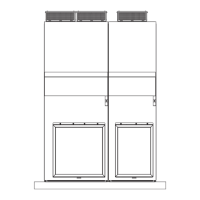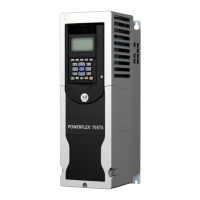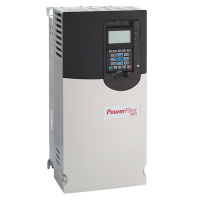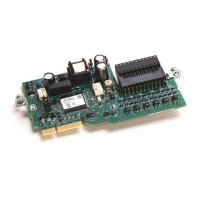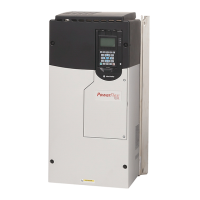Rockwell Automation Publication 750COM-UM009A-EN-P - May 2017 183
Glossary
Duplex Duplex describes the mode of communication. ‘Full-duplex’ communication
let a device exchange data in both directions simultaneously. ‘Half-duplex’
communication let a device exchange data only in one direction at a time. The
duplex that is used by the interface depends on the type of duplex that other
network devices, such as switches, support.
EDS (Electronic Data Sheet) Files Simple text files that are used by network configuration tools to describe
products so that you can easily commission them on a network. EDS files
describe a product device type and revision. EDS files for many Allen-Bradley
products can be found at http://www.ab.com/networks/eds
.
EtherNet/IP Network EtherNet/IP (Industrial Protocol) is an open Producer/Consumer
communication network that is based on the Ethernet standard (IEEE 802.3),
TCP/IP, UDP/IP, and CIP-based networks. Designed for industrial
communication, both I/O and explicit messages can be transmitted over the
network. Each device is assigned a unique IP address and transmits data on the
network. The number of devices that an EtherNet/IP network can support
depends on the class of IP address. For example, a network with a Class CIP
address can have 254 nodes.
General information about EtherNet/IP and the EtherNet/IP specification is
maintained by the Open DeviceNet Vendor’s Association (ODVA). ODVA is
online at http://www.odva.org
.
Explicit Messaging Explicit messages are used to transfer data that does not require continuous
updates. They are typically used to configure, monitor, and diagnose devices
over the network.
Fault Action A fault action determines how the interface and connected drive act when a
communication fault occurs or when the controller is switched out of run
mode. For example, when there is a disconnected cable. The former uses a
communication fault action, and the latter uses an idle fault action.
Fault Configuration When communication is disrupted (for example, a cable is disconnected), the
interface and connected drive can respond with a user-defined fault
configuration. The user sets the data that is sent to the drive by using specific
fault configuration parameters in the interface. When a fault action parameter
is set to use the fault configuration data and a fault occurs, the data from these
parameters is sent as the logic command, reference, and/or datalinks.
Gateway A device on a network that connects an individual network to a system of
networks. When a node must communicate with a node on another network, a
gateway transfers the data between the two networks. Configure the address
for the gateway device in the interface if you want the interface to
communicate with devices that are not on its network.
